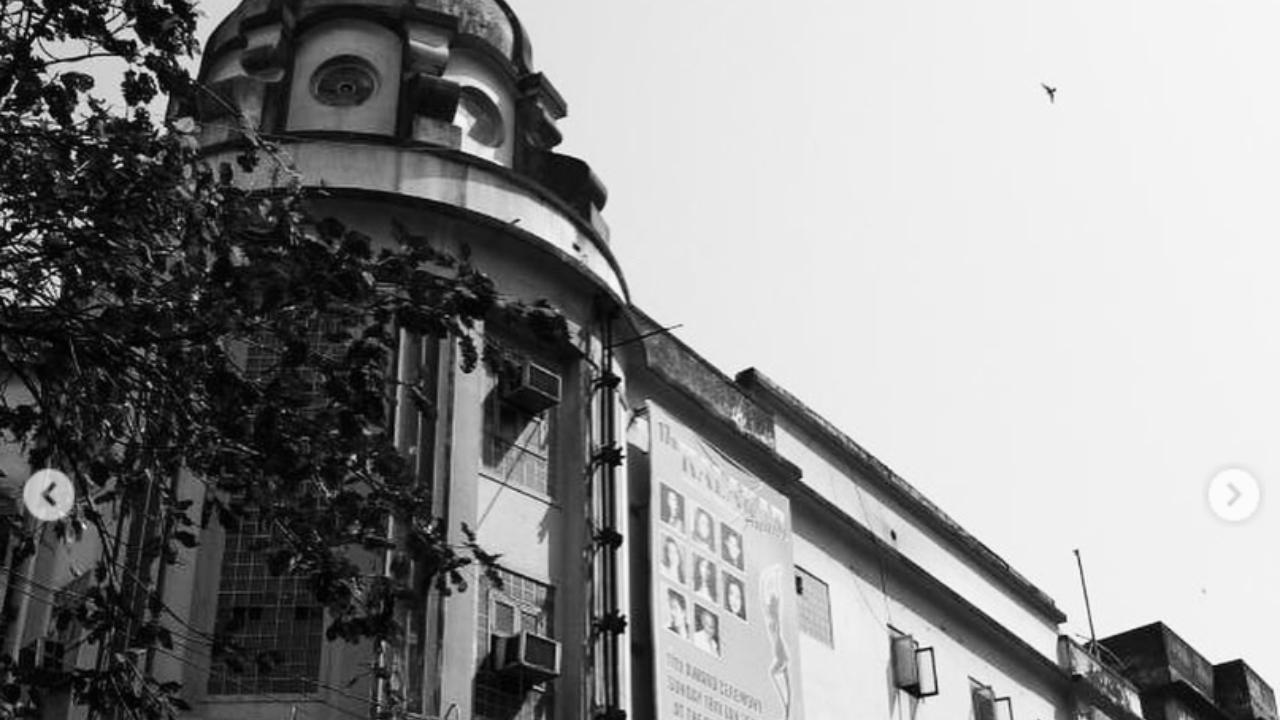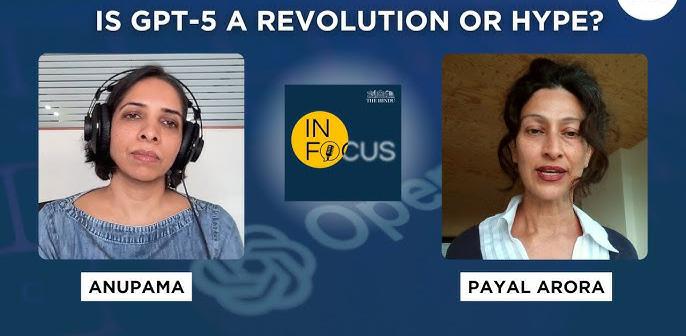A generations-old emotional landmark for Kolkatans, Roxy Cinema—located off New Market—is to be revived, bringing back its legacy of art deco sophistication, historical performances, and cinematic landmarks to the city.
Key Highlights: Why Roxy Is More Than Just a Theatre
Established in 1908 as the Empire Theatre, Roxy began life as an opera house with iconic performances by the likes of Uday Shankar, Rabindranath Tagore, Anna Pavlova, and others, becoming an integral part of Kolkata's rich cultural heritage.
Converted into a movie theater in 1941, Roxy showed classics such as Naya Sansar and established a national record with the movie Kismet running for more than two years, attracting audiences from all sections of society and even top leaders such as Netaji Subhas Chandra Bose.
Its art deco architecture, designed by Maurice Bandmann and Arathoon Stephen, stands as an irreplaceable heritage specimen, recognized in architectural texts and cherished by activists seeking to protect Kolkata’s rich built legacy.
In spite of occasional demolition threats, passionate citizens' campaigns and public interest lawsuits kept Roxy upright, highlighting its profound sentimental connection with the citizens of the city.
Revival Plan and Local Opinion
The renovation will be led by Kolkata Municipal Corporation in collaboration with CREDAI Kolkata, with the intention of maintaining the original framework, including its elegant semicircular galleries.
Civil and interior works seek to modernize the theatre for contemporary needs while respecting its historical aesthetic and spatial character.
Heritage activists publicly hail Roxy's reprieve as a win for collective memory, citing its place as a venue for romance, family outings, and rites of passage for generations of cinema-goers.
The revival is also envisaged as a spur to more widespread heritage preservation throughout Kolkata, spurring efforts to reconcile progress with conservation of the city's historic core. Roxy is more than just bricks and mortar; it is a living memory bank—a repository of personal anecdotes, artistic landmarks, and the indomitable will to survive of Kolkata's cultural existence.
Sources: Times of India, The Telegraph





